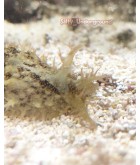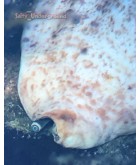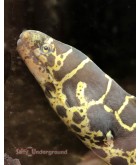Jump to:
Salty Underground cultures Berghia in a salinity of 1.025 and no nitrates. If your water parameters are very different you should acclimate your Berghia a little more slowly than recommended below. If you have very low nitrates and your salinity is the same, or slightly higher or lower, then little acclimation will be needed. If the shipment arrives too cold or warm, depending on seasonal weather, please acclimate faster than slower.
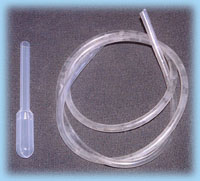
Tools Needed
- Vinyl airline tubing – 3/8 inch or smaller or small cup
- Berghia transfer pipet (included free as a part of your order)
- Clean plastic pitcher or container of similar size and shape.
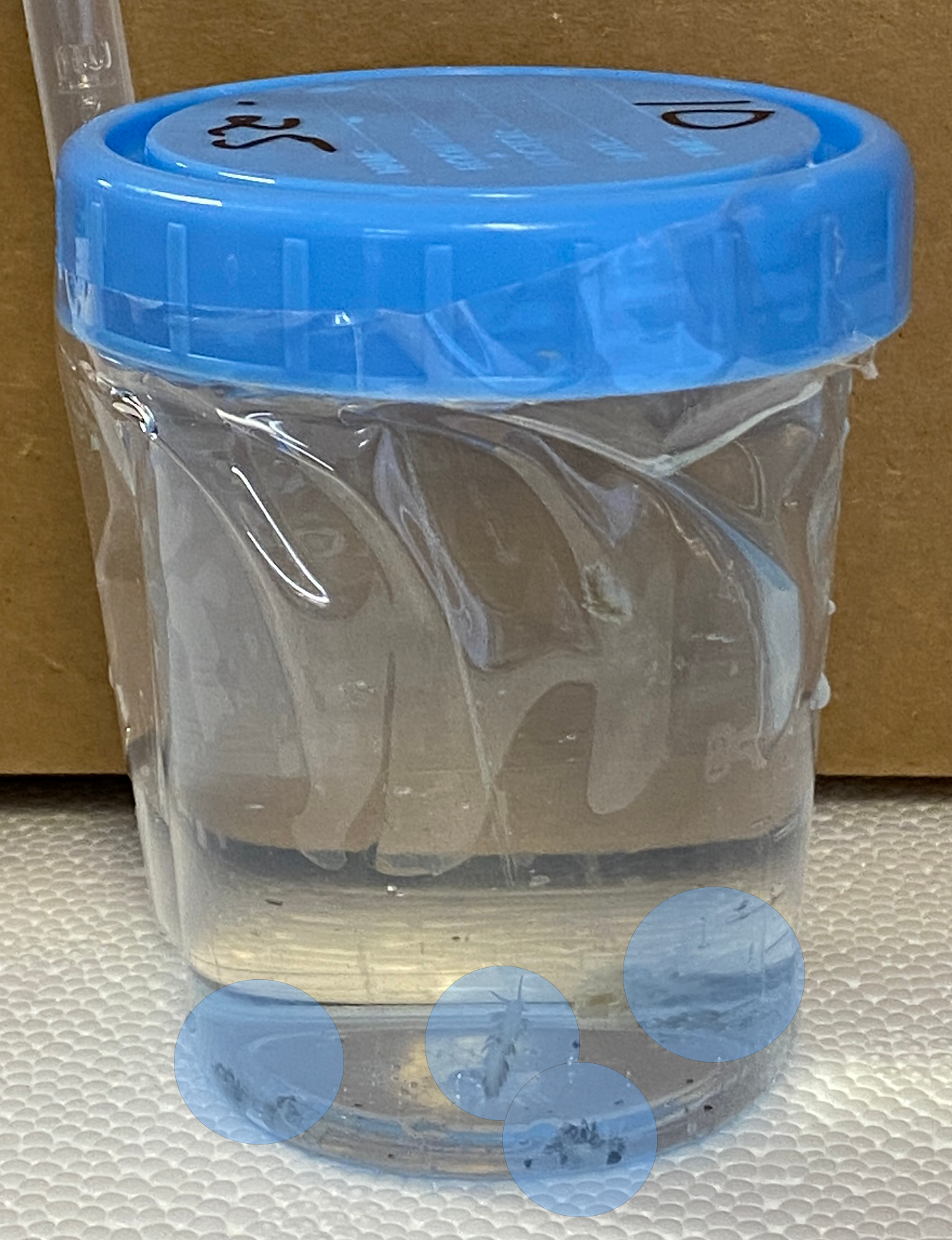
When your Berghia nudibranches arrive, look for any Berghia that may have crawled into creases of the plastic bag/specimen cup. The Berghia will crawl all over the bag/specimen cup, and the Berghia can get into the creases and be smashed as the bag is moved.
Sometimes the Berghia are a little sluggish when they arrive. This does not mean they are dead or dying. When Berghia die there is no movement even after drip acclimation. Call us or e-mail photos of the Berghia the day they arrive if you have concerns.
Please note that the Berghia nudibranch sometimes lose volume or size in shipping. Berghia will regain their size once they acclimate and eat Aiptasia. Even large Berghia are relatively small creatures compared to other livestock we add to our saltwater aquariums. Berghia will more than double in size in your tank within a few weeks of introduction.
Begin the Berghia Drip Acclimation Process
Please monitor the entire acclimation process. You may use a similar technique that does not require dripping. The basic technique involves adding very small amounts (1 or 2 ounces) of your tank water to the Berghia bag/specimen cup every 5-10 minutes for 1 hour.
-
Start by floating the closed bag/specimen cup in your display aquarium or sump to acclimate water temperature for about 15-20 minutes.
-
Carefully place the Berghia bag into a tall container like a plastic pitcher. Open the bag and extend the sides of the bag up the inside of the pitcher. The pitcher will give support to the bag during acclimation. If your Berghia was shipped in a specimen cup, acclimate in the specimen cup. First, make sure the Berghia are all near the bottom of the specimen cup. Pour out 1/3 of the water making sure no Berghia are in the open air. Add 1/4 to the specimen cup of your aquarium water, wait 30 minutes. Repeat till the specimen cup is full.
-
Using airline tubing, set up and run a siphon drip line from your aquarium to the Berghia bag/specimen cup. Tie a loose knot in the airline tubing, or use a plastic control valve, to regulate flow from the aquarium. It is also a good idea to secure the airline tubing in place on your tank. You want a drip rate of about 5-8 drops per second.
If you are interested in seeing the Berghia nudibranch eat an Aiptasia anemone, you can feed them while they acclimate. Don't place the Aiptasia on a Berghia. The Aiptasia can sting and/or consume the Berghia nudibranch.
At the end of the 1 hour of acclimation and having at least doubled the water volume in the bag do the following: Feed your fish. Turn off your tank lights (to distract the fish), all pumps and all powerheads. You want no water movement while you place the berghia in the tank. This will create the best environment for the Berghia to go in your tank and successfully grab onto the live rock without being disturbed by fish or water current. You can turn everything back on after the Berghia have a grip on the rock, usually within 10 minutes or so.
Don't try to handle the Berghia nudibranch with your hands. Berghia nudibranchs, even large Berghia are fragile. Use the Berghia pipet provided to suction the Berghia out of the bag one at a time. If the Berghia are attached to the bag dislodge the nudibranch by gently blowing some water at the Berghia with the pipet.
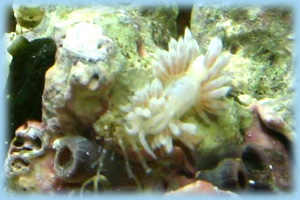
Placing your Berghia Nudibranch
Do your best to place the Berghia on the live rock in your aquarium near some Aiptasia anemones (no closer than 2-3 inches) and in an area of lower flow with holes or crevices. It's best to place the Berghia together in groups rather than spread them out. Berghia will either start eating Aiptasia anemones or will move into crevices of the live rock and disappear from view. Do not let the Berghia float into an Aiptasia's mouth. They can be eaten if dropped directly in the mouth area of the Aiptasia. Berghia can be stung if placed too close to an Aiptasia.
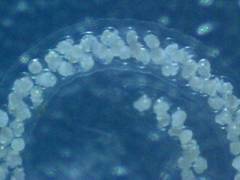
You may notice a small, white, circular strand of Berghia eggs in your shipping bag. Suck the Berghia eggs out of the bag and place them in the live rock where the current is very low like under a rock. If you are lucky, they will hatch for you.
Berghia will typically grow to 1 1/4" - 2" in size. You may or may not see the Berghia again once they are in your reef tank. Berghia are nocturnal, but you can sometimes spot them at night with a flashlight.
When you begin to run out of Aiptasia anemones you may spot the nudibranch during the day. If they are all white or cream colored it means that the Berghia Nudibranchs have not eaten any Aiptasia for 24 hours or more. You can help the Berghia by moving them closer to an Aiptasia anemone you can still see. Berghia typically starve at around 5-7 days of not eating any Aiptasia.
Contact us
If you have any concerns about your Berghia nudibranch, please contact us the day they arrive. Photos of the Berghia before you place them in your tank are a really good way for us to see what you are concerned about.


